What Is a Cap Nut?
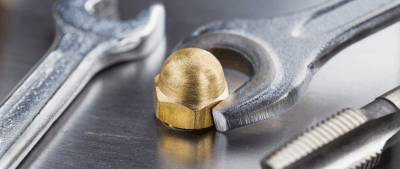
Cap nuts, also known as domed cap nuts or acorn nuts, are hexagonal nuts with a closed end, lacking a through hole. Their design conceals the end of threaded rods or bolts, providing a clean and safe finish.
The term “cap nut” reflects their domed shape, resembling a cap. Synonyms include “cosmetic nut,” “acorn nut,” and “dome nut.” They are also referred to as “bag nuts” and “hexagon socket nuts,” defined as follows:
- Bag Nut: A nut with a closed end to conceal the tip of the threaded rod or bolt.
- Hexagon Socket Nut: A nut with a hexagonal shape for secure tightening and loosening.
Uses of Cap Nuts
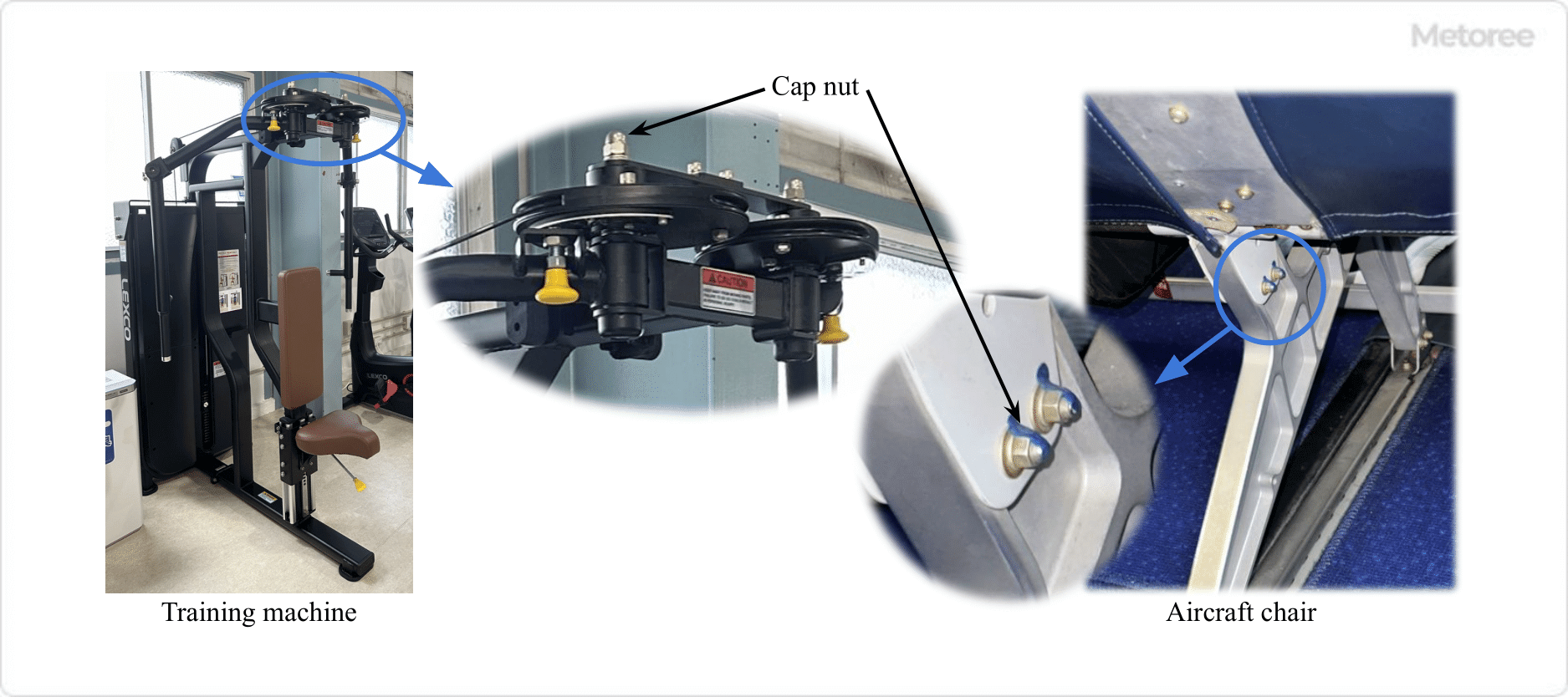
Figure 1. Example of Cap Nut Use
Cap nuts enhance the appearance of assemblies by covering the exposed ends of bolts, reducing the risk of injury from sharp edges. They are particularly valued in applications requiring safety and tamper resistance, such as playground and gym equipment, as well as aircraft seating.
While cap nuts can be coated for corrosion resistance, their threads may remain vulnerable. Their design helps prevent the ingress of contaminants into bolt threads, simplifying maintenance.
Principle of Cap Nuts
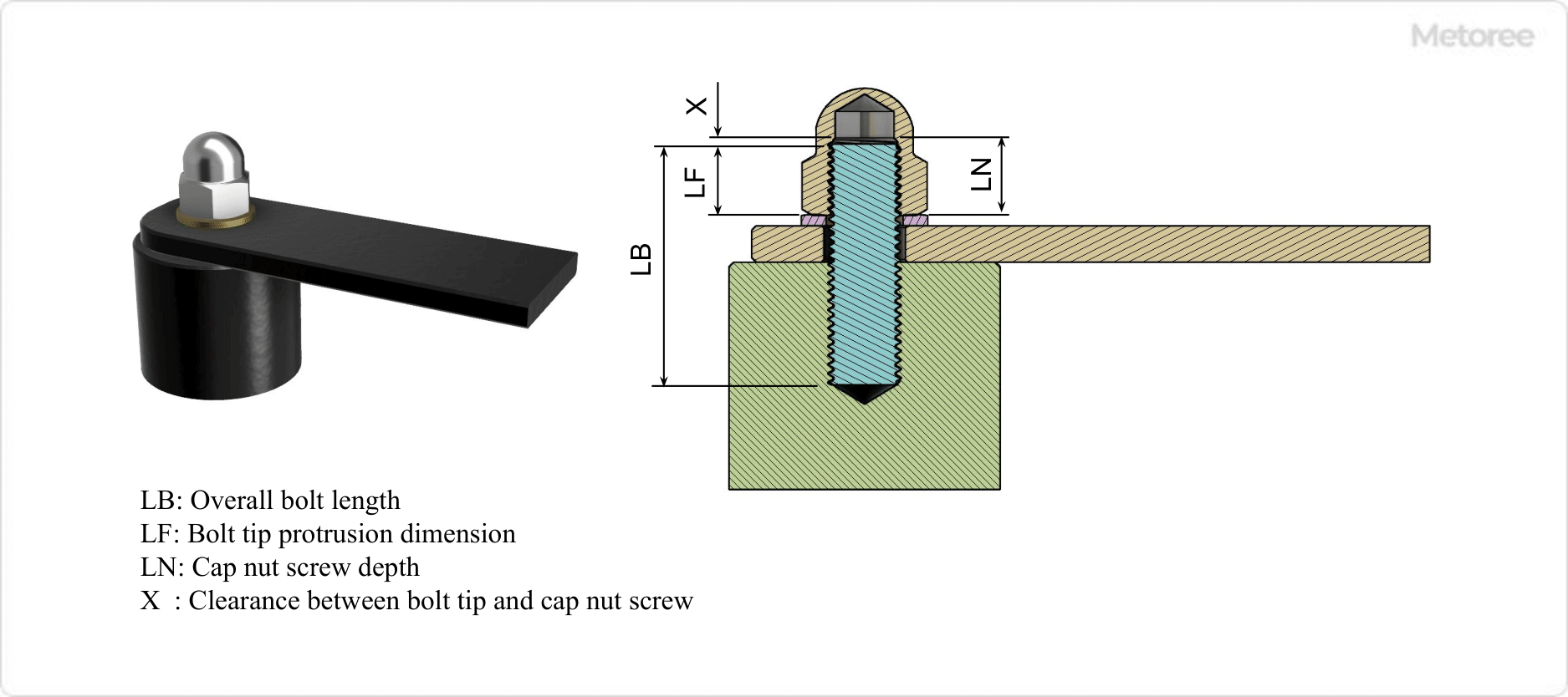
Figure 2. Cap Nut and Bolt Length
When using cap nuts, the length of the bolt is critical to ensure the nut can be properly tightened without the bolt protruding. The hexagonal dimensions of cap nuts are standardized, allowing for use with standard hex nuts in double-nut configurations to prevent loosening.
Types of Cap Nuts
1. Standard Type
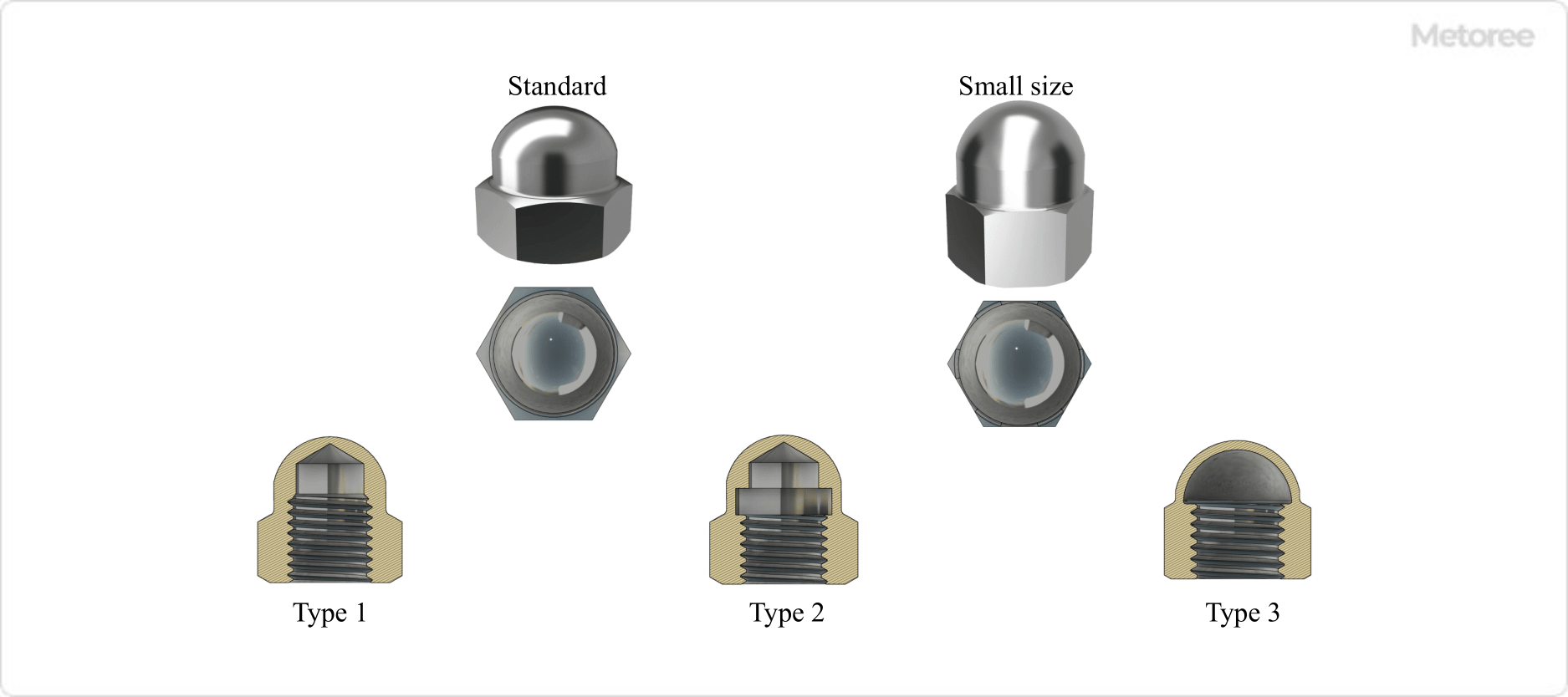
Figure 3. Types of Cap Nuts JIS Standard
Cap nuts are categorized into three types, each available in a smaller hexagonal version for various applications.
- Type 1: Integrated hexagonal and cap parts without a thread relief groove.
- Type 2: Integrated hexagonal and cap parts with a thread relief groove.
- Type 3: Hexagonal part and cap welded together.
Types 1 and 2 are machined from solid bars, whereas Type 3 involves welding a dome to a hex nut.
2. Non-Standard Types
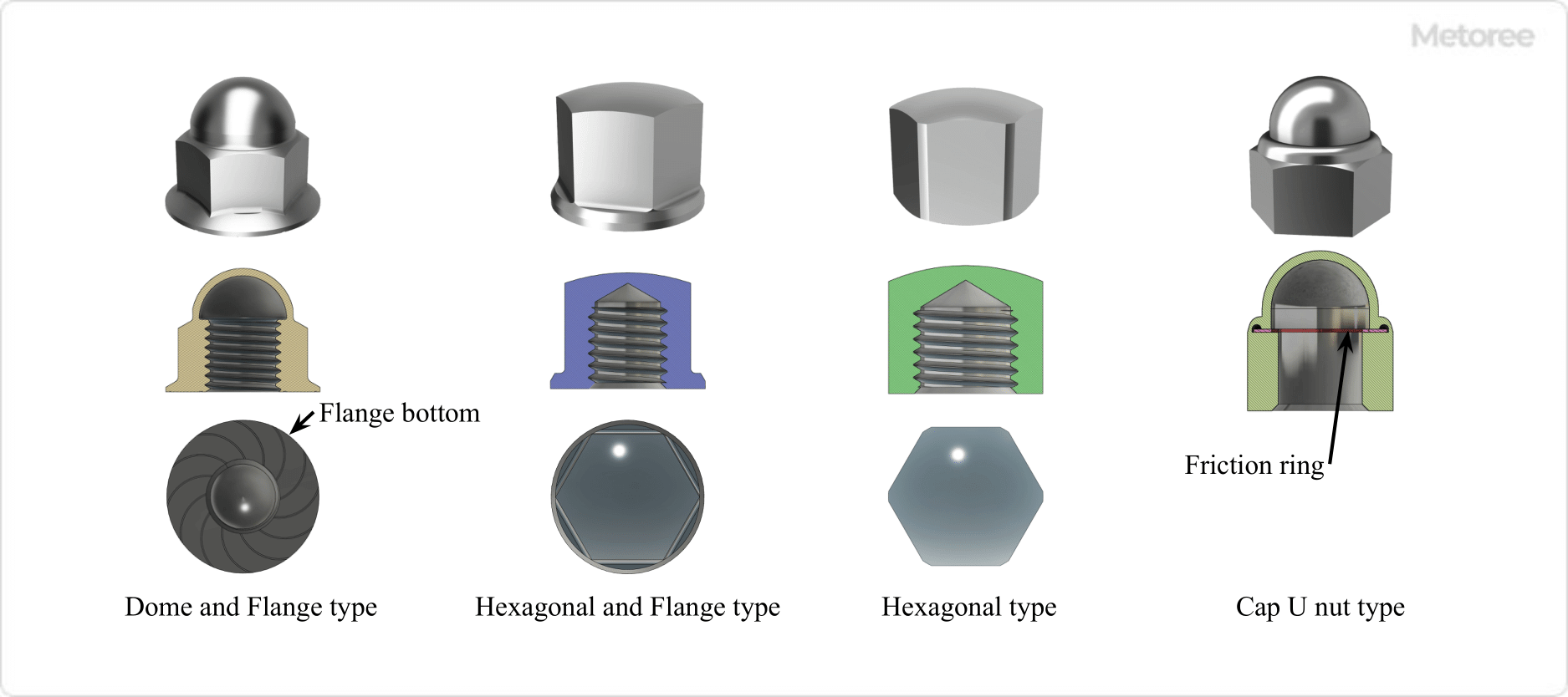
Figure 4. Types of Cap Nuts Other Than JIS Standard
Additionally, cap nuts come in various designs and features, including those with mechanisms to prevent loosening, such as dome/flange types and cap U nut types.
3. Materials
Cap nuts are manufactured from steel, stainless steel, or copper alloys, each offering specific properties suitable for different applications and environments.
4. Surface Treatment
Surface treatments, such as trivalent chromium plating, are applied to steel cap nuts to enhance corrosion resistance.
5. Threads
The threads of cap nuts conform to metric standards for compatibility with various bolt sizes, ensuring a secure fit.